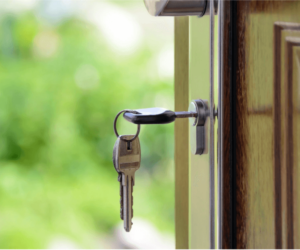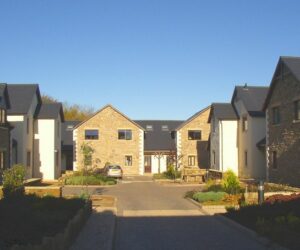Building your dream home is an exciting but complex process. Every step necessitates careful thought and planning, from choosing the perfect location to deciding on design, materials, and features. With so many factors to consider, it’s essential to approach the process methodically to ensure your home looks great and meets your long-term needs. Here are the top factors to consider when building your new home.

Choosing the Right Builder
The success of your home-building project largely depends on the builder you choose. Working with a reputable and experienced builder ensures that the process runs smoothly, timelines are adhered to, and the final result matches your expectations. It’s essential to research potential builders, read reviews, and look at their past projects. The reputable luxury home builders behind VersaHomes suggest consulting professionals who can provide valuable advice and guidance throughout construction. Professional builders understand the complexities of custom homes and can help you navigate design, budgeting, and timelines to create a home that fits your vision.
Location and Lot Selection
Location is one of the most critical decisions when building a new home. Your chosen area will affect your quality of life, convenience, and long-term property value. When selecting a lot, consider proximity to work, schools, shopping centers, and recreational facilities. You should also consider the neighborhood’s overall vibe, future development plans, and safety. Additionally, the characteristics of the lot itself—its size, shape, topography, and orientation—play a massive role in the layout and design of your home. For instance, a sloped lot might offer opportunities for unique design elements like a walkout basement or a tiered garden. Make sure the lot you select is suitable for your desired home style.
Budgeting and Financing
A comprehensive budget is essential to avoid unexpected costs while constructing your new home. Begin by knowing how much you can afford and what type of financing works best for your situation. Keep in mind that building a home often involves more than just the construction itself; you’ll need to account for permits, land costs, landscaping, and furnishings. Once you’ve established a budget, it’s essential to build in a contingency plan—typically around 10% of the total cost—for any unforeseen expenses that may arise during construction. This will help ensure you don’t face financial strain if additional work or materials are required.
Design and Floor Plan Considerations
The design and layout of your new home should reflect your lifestyle and future needs. Work closely with your builder or architect to create a floor plan that maximizes space, light, and functionality. Consider your daily routines, storage needs, and use of each room. For example, open-concept layouts are famous for their modern aesthetic and flow, while separate living spaces may be better for families seeking more privacy. It’s also essential to plan for the future. Consider how your family might grow or change over time and design accordingly. Including flexible spaces, such as a guest room that can later be converted into an office or nursery, ensures that your home adapts to your needs as they evolve.
Energy Efficiency and Sustainability
Building an energy-efficient and environmentally sustainable home is beneficial for the planet and can also save you money in the long run. Modern homes can be designed with energy-efficient materials and systems, such as insulation, windows, solar panels, and smart thermostats. Sustainable building practices, such as using renewable or recycled materials, can also reduce the environmental impact of your home’s construction. Incorporating eco-friendly elements like rainwater collection systems, native landscaping, and low-water-use appliances can further boost your home’s efficiency and sustainability, making it a wise investment for the future.
Materials and Finishes
The materials and finishes you choose for your new home play a significant role in its aesthetics, durability, and maintenance requirements. Each element contributes to the home’s look and feel, from flooring and cabinets to countertops and paint colors. Durability should be a key consideration, particularly in high-traffic areas like kitchens and bathrooms. Also, choosing low-maintenance materials can save you time and effort. For instance, hardwood flooring is stylish and highly durable, while quartz countertops offer beauty and practicality with minimal upkeep. Consult with your builder to select materials that align with your lifestyle, budget, and long-term needs.

Building your new home is an exciting opportunity to create a unique space. By focusing on critical factors such as choosing the right builder, planning for energy efficiency, and carefully selecting materials, you can ensure that your home meets your expectations and serves you well for years. Taking the time to plan carefully and make informed decisions will result in a house that reflects your style and enhances your comfort and lifestyle. Remember, the effort you put into planning now will pay off with a home that stands the test of time and provides long-lasting satisfaction.



